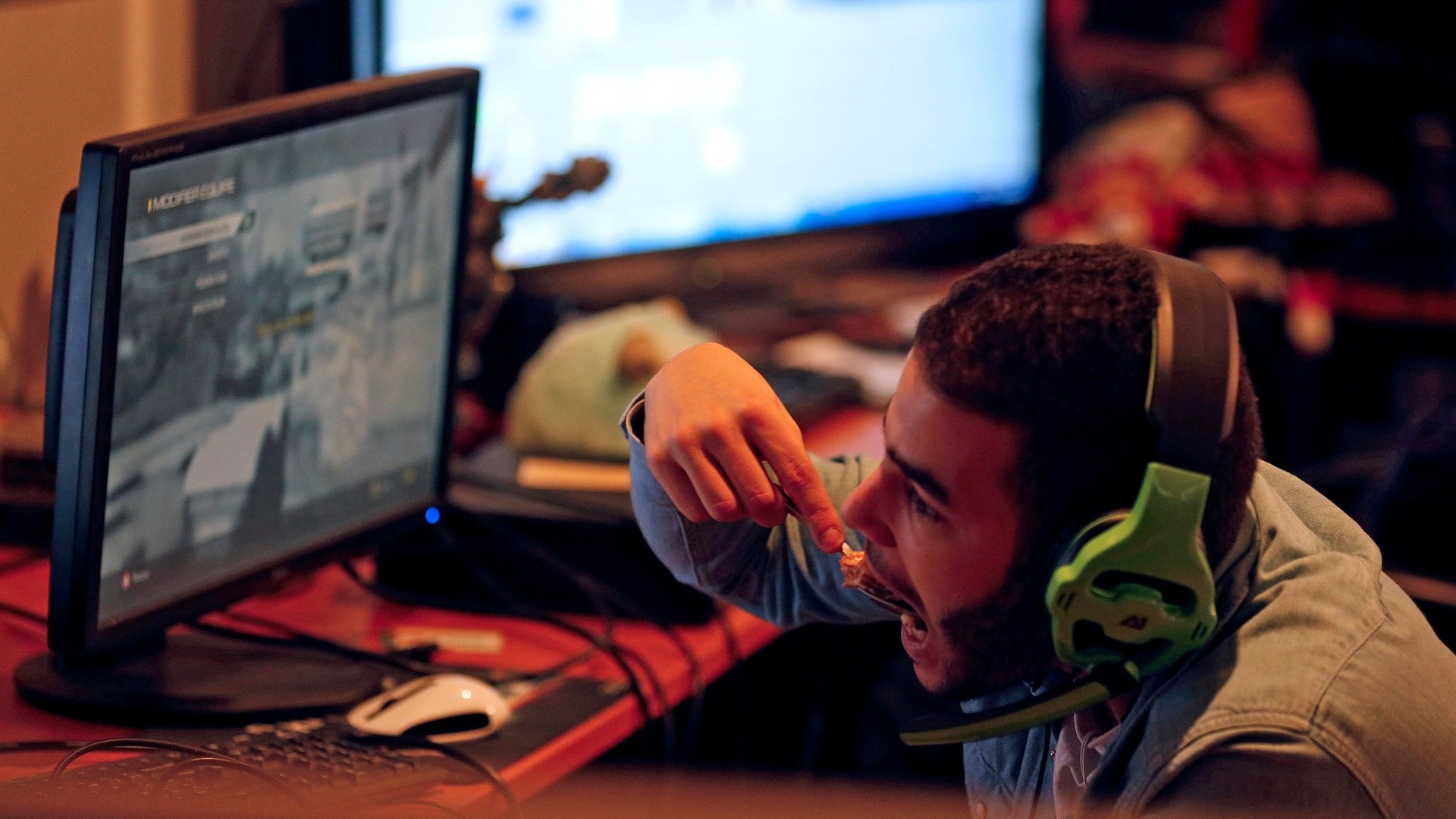Watch out, creative class: Robots are coming after your jobs, too
The best way to invent new recipes is to enlist the help of a supercomputer, says IBM. Data-driven delicacies—dishes created through the work of a cognitive computer system—are being served by IBM out of a food truck. Right now it’s only parking at events like the IBM Pulse conference and tech/music/film festival SXSW. But while the IBM food truck may be a promotional gimmick, you can expect to be consuming more and more dishes—and media—created by computers. Here’s why:


The best way to invent new recipes is to enlist the help of a supercomputer, says IBM. Data-driven delicacies—dishes created through the work of a cognitive computer system—are being served by IBM out of a food truck. Right now it’s only parking at events like the IBM Pulse conference and tech/music/film festival SXSW. But while the IBM food truck may be a promotional gimmick, you can expect to be consuming more and more dishes—and media—created by computers. Here’s why:
Intuition is great, but recipes are formulae—and formulae can be perfected with data
Computers have been managing “creative” work for a while now. They’ve written a novel that combines the plots of Leo Tolstoy with the style of Haruki Murakami, they’ve written beautiful (and controversial) music, and they’ve perfected the art of short, if dry, news coverage.
That’s because these “arts”—or at least, certain aspects of them—can be distilled into science: By creating huge databases of songs, books, news articles, and now recipes, computers can parse them into tiny phrases and movements that can be recombined into totally new works. With feedback from researchers, the computers learn how to better string these components together. One day, IBM researcher Lav Varshney told IEEE Spectrum, the system could produce menus for those with even the oddest combination of dietary requirements and preferences. Perhaps one day we’ll be able to order books and music created to suit our tastes precisely—even if they lack some of the heart of the great classics.
We’re limited by our own “knowledge” of what tastes good
Human culinary genius won’t be any less relevant. We’ve done a great job of creating delicious food for the past few thousand years or so. But IBM’s project is showing that the common sense of a human cook can get in the way of creating a stellar meal.
By evaluating a heap of existing recipes and looking at what flavor-imparting molecules their ingredients contain, the computer can come up with radical combinations. One of the IBM food truck’s current recipes, the “Swiss-Thai Asparagus Quiche,” brings together Swiss gruyère, Greek feta, and Thai curry spices. If IBM keeps churning out combos like that, it’ll give fusion cuisine a run for its money.
Those taste limitations extend beyond food, too. Consider House of Cards, the political thriller now its second season on Netflix. In creating it, Netflix was informed by existing viewer data: It knew that lots of its customers enjoyed Kevin Spacey, who plays the lead role, and a good proportion of those viewers were also fans of director David Fincher. Throw in another preference—one for political dramas—and the company knew it was the perfect show to bet on.
We can be culinary cyborgs
Yes, it’s true that anything created solely by a computer runs the risk of missing the point. But who’s saying that computers have to work alone? With human chefs informed by data-driven recipes, we could get some amazing dishes. The same is true for other content; After all, Netflix didn’t use its algorithm to actually write House of Cards—just to confirm that a particular flavor profile would get viewers salivating. The human creatives took over from there. The same could be true of any supercomputer creation.